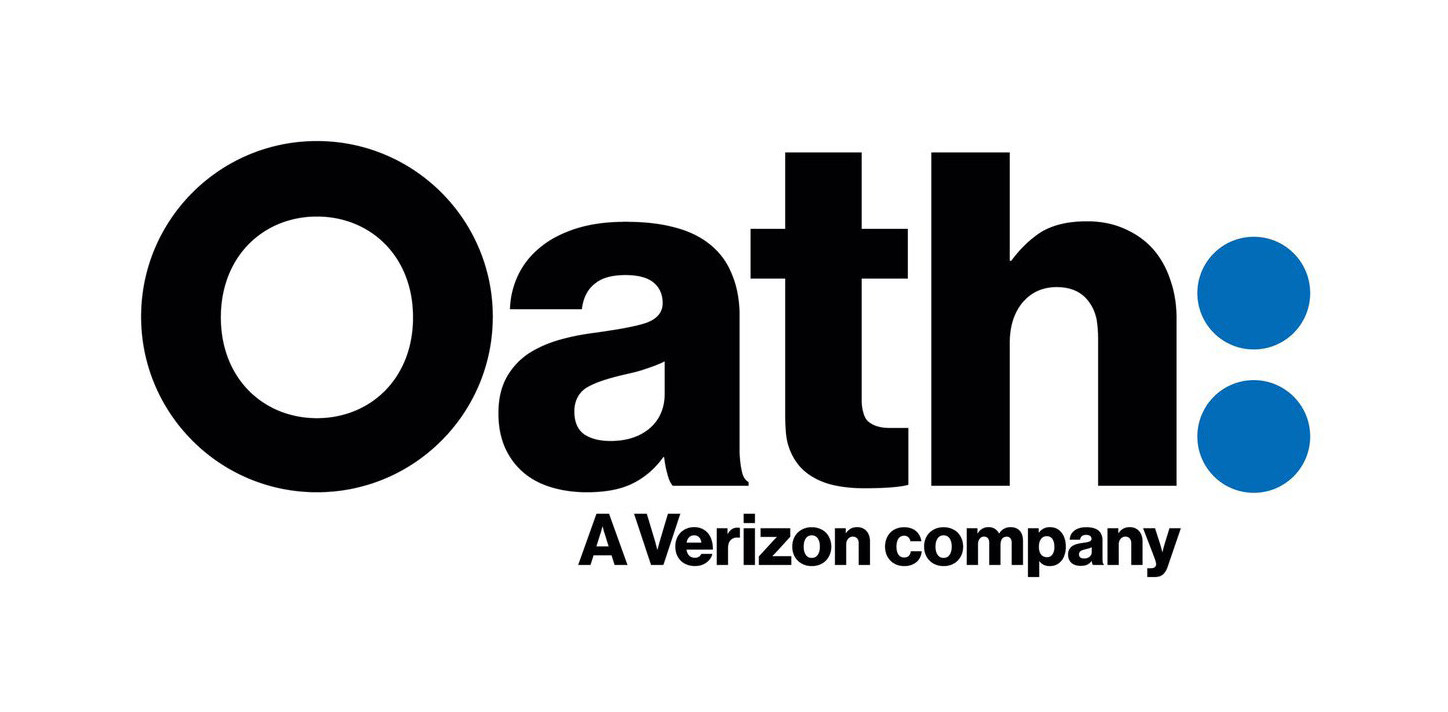
The future of online services is login free. Creating accounts for one use, forgetting passwords and failed login attempts are facts of our current web life. AV, a new video chat service from AOL is one of the new breeds of web services that takes advantage of link sharing and social networks to dodge requiring a login at all.
AV is a new product from AOL’s West Coast HQ in Palo Alto. Housed in fresh new headquarters never occupied by previous owner Google, the west coast team is in the midst of working on a bevy of sleek new products that attempt to shed the cruft of AOL’s legacy and emerge as a trim, energetic competitor in the modern web services space.
AV is one of those products and shows a willingness by AOL to start making small, important acquisitions and polishing them into useful products. Jason Shellen, AOL’s product director of AIM, showed me AV in the Palo Alto offices yesterday, just a short time after the service quietly went live. Shellen came to AOL along with an acquisition of his social reader product Brizzly and his previous credits include building Reader for Google.

Simply put, AV is a clean and simple video chat service that requires no login. It runs in-browser currently, with the help of Flash 10.3. A video chat is started with one click and you’re presented with a link that you can share with up to 4 people. The link can be distributed by copy and paste, AIM or the new Facebook ‘Send’ button.
The AIM and Facebook options do require that you’re logged into those services but if you just send the link onwards by Twitter, email or any other method, the recipient is not required to authenticate with AV. This means that you can start a video chat session just a quickly as you can share a link to any webpage.
The interface is absolutely stellar, with the video panes floating over gently drifting clouds. There is some nice transparency effects at work here although there is a minimum of chrome around the panes themselves, putting the video feed front and center. You can toggle a vertical and horizontal orientation for your side of the conversation, letting you isolate your portrait if there’s a distracting background.
The video streams looked solid although Shellen stressed that they weren’t, at least at this point, after the kind of super high quality stream that differentiates Skype. Instead, they want the connection to be quick and the video to look ‘good enough’.

In a clever touch, once you’ve initiated a chat, you can choose to keep the video feed live and have a text chat conversation right in the window. This allows you to get the emotional nuance of a face-to-face but maintain privacy if necessary in a crowded environment. It also helps to communicate if the noise levels on one side of the conversation make it difficult to hear a participant.
Currently, AV uses Flash although Shellen stresses that they want to bring AV to the mobile environment, most likely by baking it into the popular AIM app, but possibly as its own product as well.
There has been no major product announcement and little fanfare for AV as of yet. AOL is just putting it out there to see how people begin to use it. It’s symptomatic of the renewed focus on the way people actually use their products that permeates all of AOL’s new offerings. I got to take a look at some of those offerings, like their iPad app Editions and their new mail client code-named Project Phoenix and I was impressed by their fresh new directions.
As a browser-based and login-free alternative to Skype or one of the other ‘fat’ desktop clients, AV shows a lot of promise for becoming a solid choice for people who just want to chat quickly and cleanly with a minimum of fuss.
Get the TNW newsletter
Get the most important tech news in your inbox each week.





